Ask anyone on the street if earthworms are good for ecosystems and you will undoubtedly receive a resounding “YES!”. When asked why, they may say something like “earthworms mix and aerate the soil”. It is a basic ecological concept that we may have learned as early as kindergarten. However, recent research on invasion of these seemingly benevolent creatures into previously earthworm-free hardwood forests of the Great Lakes Region has seriously challenged that belief. Researchers at the University of Minnesota, and elsewhere, have documented dramatic changes in native hardwood forest ecosystems when exotic earthworms invade. These changes including losses of native understory plant species and tree seedlings, changes in soil structure and declines in nutrient availability. There is also fascinating evidence emerging that the changes caused by exotic earthworms may lead to a cascade of other changes in the forest that affect small mammal, bird and amphibian populations, increase the impacts of herbivores like white-tailed deer, and facilitate invasions of other exotic species such as European slugs and exotic plants like buckthorn and garlic mustard. These results suggest that exotic earthworms may pose a grave threaten the biodiversity and long term stability of hardwood forest ecosystems in the region. Much more research is needed.
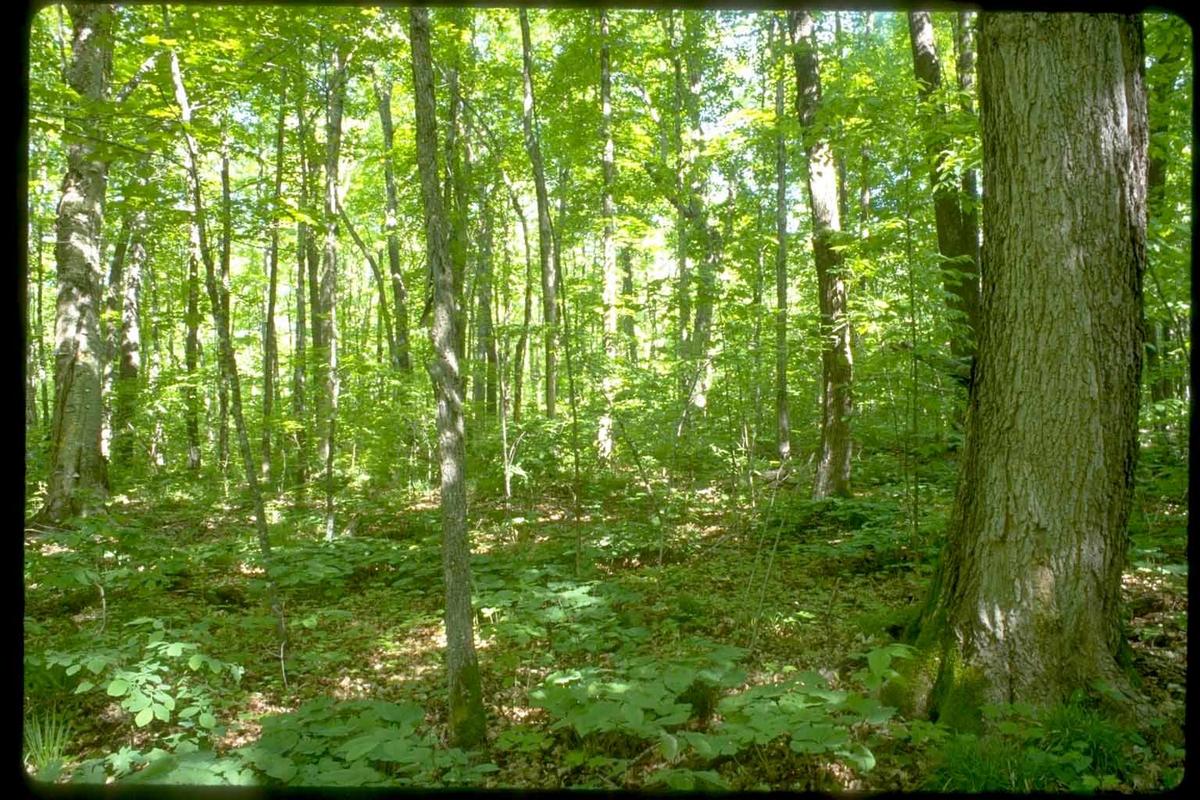 |
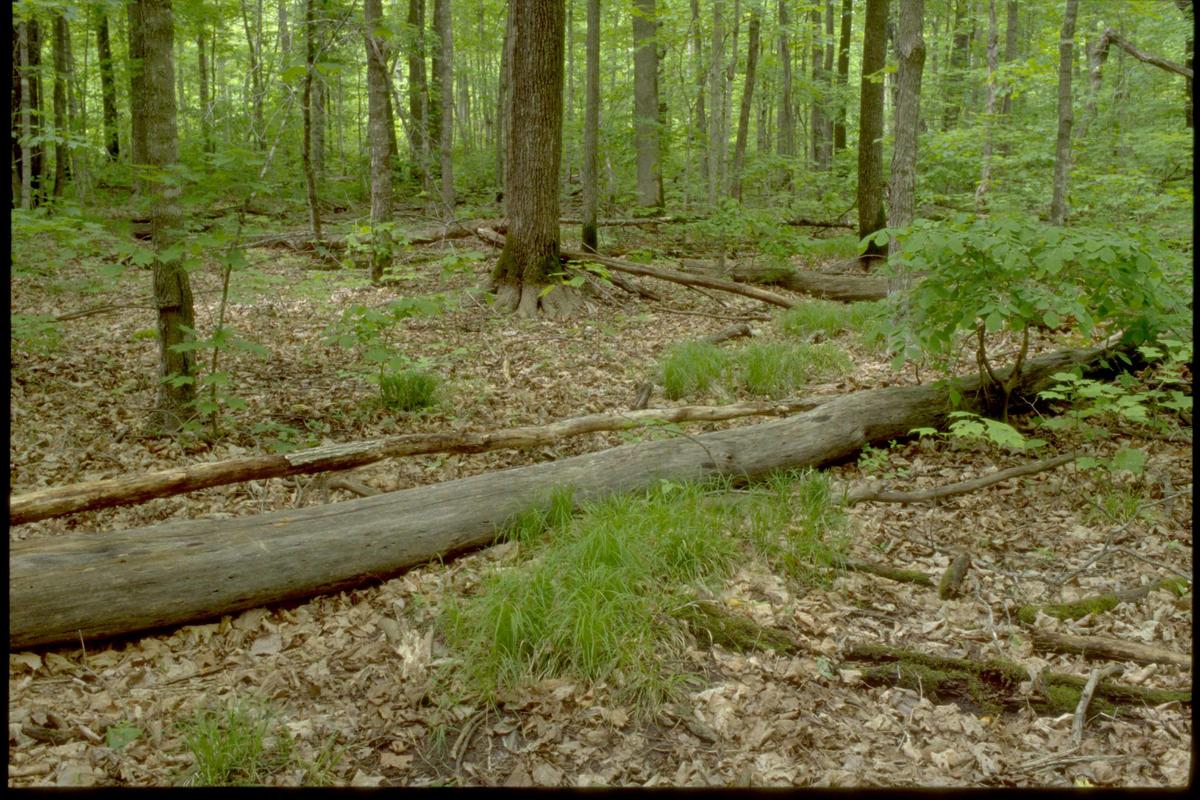 |
So, which earthworms are native in the Great Lakes Region?
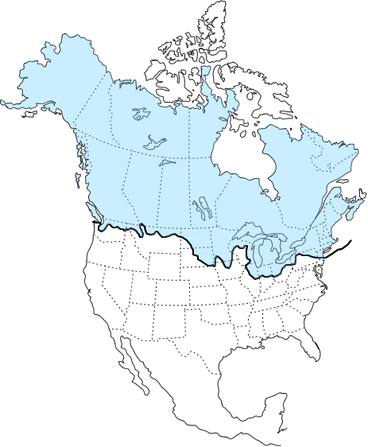
None! Native earthworm species have never been documented in most of the Great Lakes region of North America. Any native North American species of earthworms (in the family Megascolecidae) that may have been living in the region were extirpated when glacial ice sheets covered the Upper Midwest 11,000 to 14,000 years ago, leaving the glaciated areas of North America earthworm free. Natural recolonization by earthworms happens very slowly, with earthworms spreading less than ½ mile in 100 years. So, forests of the Great Lakes Region developed in the complete absence of earthworms. For thousands of years, no earthworms existed in this region until European settlers began arriving around the mid 1800s… read more.
All of the earthworms you have come to know and love in the Great Lakes region are exotic, most are European (in the family Lumbricidae) and initially arrived with European settlement. But they continue to be transported, intentionally and unintentionally, through a range of human activities such as the dumping of unused fishing bait, transport of compost & mulch, and anything else that moves soil… read more.
So, how do exotic earthworms affect forested ecosystems?
Lacking a powerful detrivore such as earthworms, decomposition of the annual leaf litter in earthworm-free hardwood forests is controlled by fungi and bacteria. In this situation, decomposition is slower than accumulation of new litter and the result is the formation of a thick, spongy forest floor, often called a “duff layer”. The duff layer can be up to 10 cm (4 or 5 inches) thick in very rich sites dominated by sugar maple and basswood trees. Dozens of understory plant species are native residents of the forest floor including the much loved Trilliums and other spring flowers. The duff layer provides protection from predation and extremes in temperature and moisture to the seeds of understory plant species, many of which take up to 2 years to fully germinate and begin to grow. These understory plants and tree seedlings root almost exclusively in the thick forest floor since this is where most of the available nutrients are found.
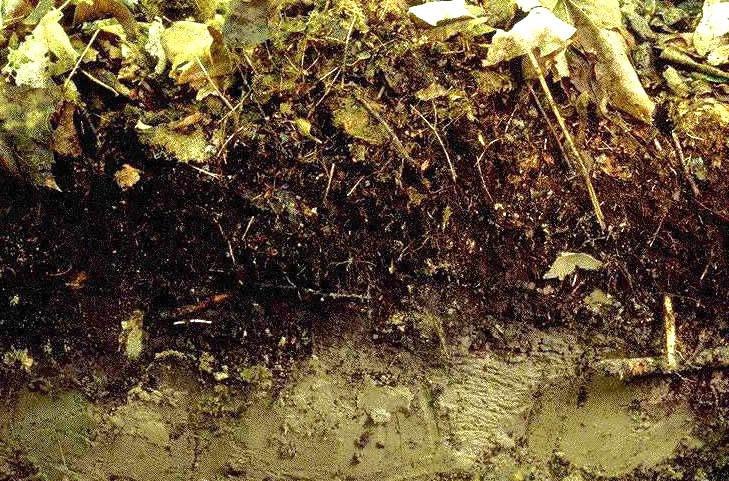 |
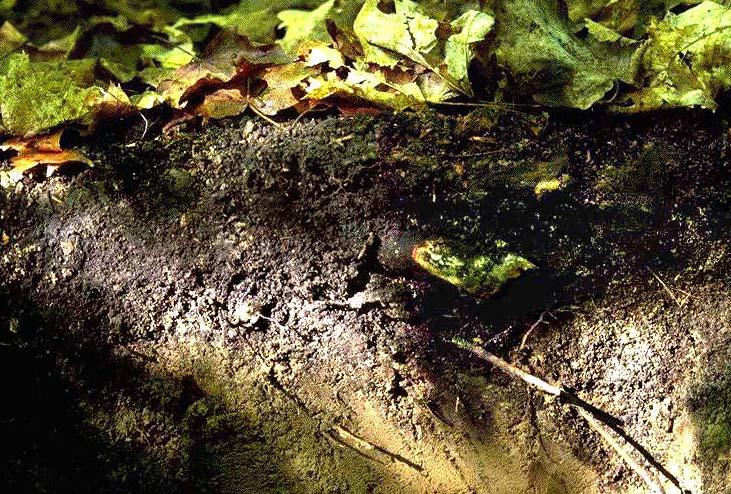 |
Find out more about how earthworms affect plants .
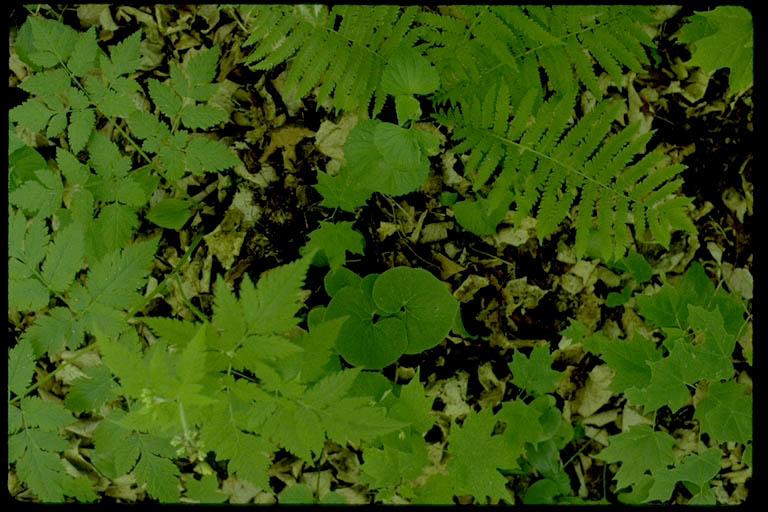 |
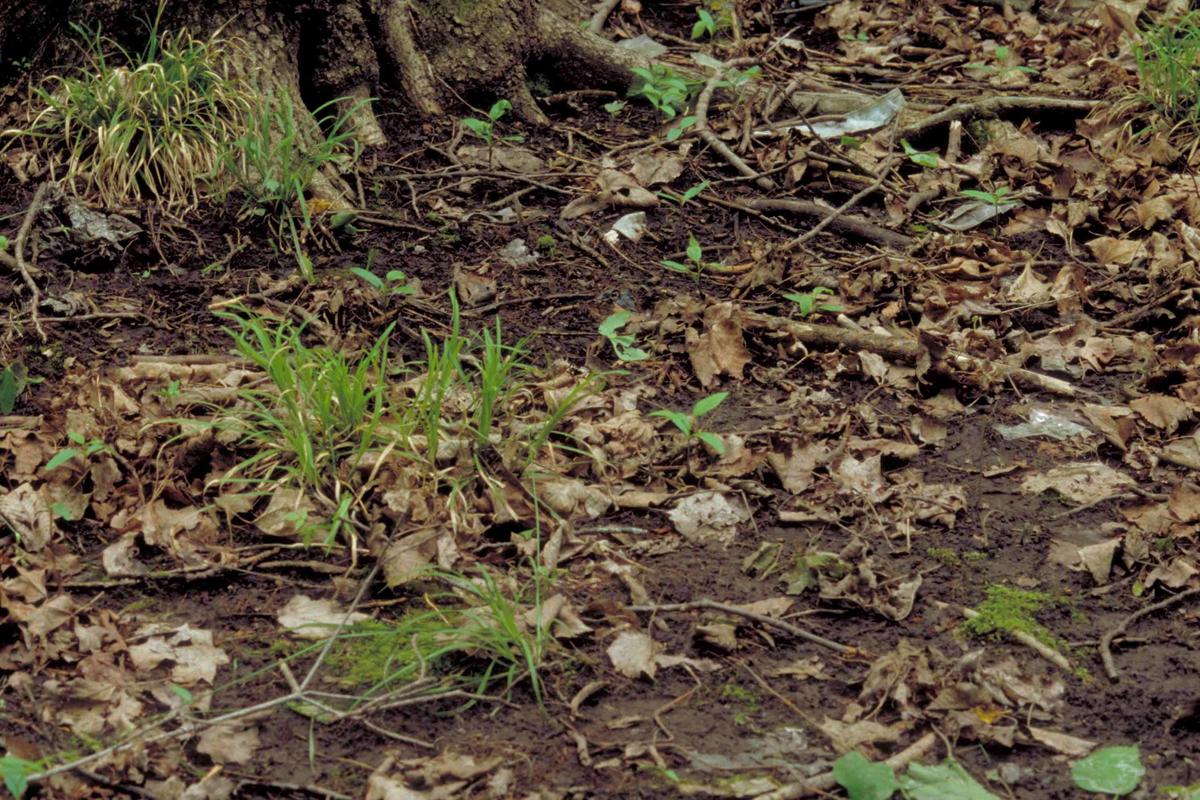 |
So, how do earthworms affect animals in the forest?
Research is beginning to emerge that suggests that the invasion of earthworm leads to a cascade of changes in hardwood forest ecosystems. With the loss of the forest floor, many animals such as ground nesting birds, small mammals, amphibians & reptiles, and insects & spiders loose their primary habitat and many food sources. While earthworms can be a very good food source for many of these animals, the loss of cover that the forest floor used to provide is now gone. With the disappearance of the forest floor, so go many of the insects and fungi that provided high quality food for the forest’s small animals. So, it’s a mixed bag… read more.
White-tailed deer densities are much higher in modern hardwood forests than they were a century ago, and research has shown that this can contribute to lack of regeneration of herbaceous understory species including many tree species. In addition, research shows that the combined effects of deer browsing and earthworm invasion can have an even larger effect than either one alone, leading to even more severe impacts on understory plants and tree seedlings… read more.
I thought earthworms were good for the soil!
Why do earthworms have such big negative affects in forests?
While earthworms have often been shown to have positive effects on soil structure and fertility in agricultural and garden ecosystems, these very same creatures can have very different effects in previously earthworm-free hardwood forests. When earthworms invade our native forests, they change some of the important underlying processes that support the health and diversity of forest plants and animals. To understand how earthworms (or any exotic species) can have such big effects on an ecosystem, learn more about what makes up a forested ecosystem and how it works by building a forest ecosystem model… read more.